If you polled the Star Ocean fan base on which is the finest in this relatively obscure but long-running sci-fi/fantasy series, Star Ocean 2 would pop up quite often, if not in most cases. I would personally argue that Star Ocean 3: Till the End of Time is slightly more complex and worthy, but that’s splitting hairs, and I wouldn’t disagree with the majority of fans on this point: Star Ocean 2 is the influential masterpiece of this series. It’s Star Ocean’s equivalent to Final Fantasy VII, or Dragon Quest VIII, Suikoden 2 or Atelier Ryza. And now it has been lovingly enhanced for release on modern consoles, and it’s a truly loving effort to retain the many qualities of the game while enhancing it for a new audience.
Related reading: Our review of the most recent Star Ocean: The Divine Force.
Star Ocean 2 tells the story of two protagonists. Claude is a visitor from space – a high-tech spacefarer from Earth who finds himself breaking all those ethical laws that Star Trek has about not visiting planets and cultures that are not ready to be exposed to advanced species. Rena, meanwhile, is a girl from the aforementioned low-tech planet that Claude lands himself on. She’s a sweet girl with a determined spirit.
Events – very deterministic events – draw the two together in an adventure that has implications for the entire universe (nihilistic villains and all). Meanwhile, along the way, the duo run into a large number of other heroes that they can recruit into the party and bring along on the quest.
One of the things that impressed players so much about the original game wasn’t so much the complexity of the narrative, because in reality, it didn’t stretch a lot further than what JRPGs were already doing. For example, we had all already stopped Kefka from destroying the entire universe in Final Fantasy VI. And Kefka was a far more iconic villain than Star Ocean 2’s. However, the way the story was told was incredibly non-linear and flexible at the time, and this was spectacularly effective at drawing players into its fiction. Depending on which of the two protagonists you choose to make your main, the secondary characters that you could recruit in the party will change.
From there you could build relationships with these characters – positive or negative – learning information about them and the world as you do so. Depending on how effectively you build those relationships, you will reach one of an enormous range of different endings. There really were a lot of these (we’re talking dozens here), and Star Ocean 2 was famous (or infamous, if you prefer), for needing to be played through at least nine times from almost the beginning if you hoped to see all those endings.
All of that has been retained in this version, and so, while it might look relatively humble in comparison to the more recent new Star Ocean, what you’ll quickly realise is that Star Ocean 2 is a game of some incredible, epic scope that is grounded by the rich sense of relationships that develop between the characters. This sits at the crux of why this game was so successful, too. It was the more Tales-like Star Ocean game, where the party dynamics were rich and interesting enough to play, even if the over-arching narrative was fairly traditional. Subsequent Star Ocean writers have struggled to create compelling characters and interactions as compelling as those you’ll find in here.
With that said, while the narrative is traditional, the setting is not. Star Ocean continues to be almost unique in the way that it manages to blend traditional fantasy with high sci-fi… and it does so without trying to blend them at all. Claude, the spacefarer, is dressed in a very modern way and uses his advanced weapons. Rena, wearing very classical fantasy garb, initially interprets that technology as a powerful form of magic wielded by a hero foretold by lore. These clashing styles continue to exist in parallel throughout the game, but in a way that is both cohesive and fascinating. The creative flexibility required to make Star Ocean work has always been the underlying reason that it’s developed a fan base at all, and the remake here really emphasises that quality cleverly.
That same flexibility flows through to the game’s mechanical systems. These days it’s almost something we take for granted, but Star Ocean 2 features two different “points” systems, with characters accumulating new points with each level up, that allow you to enhance a wide range of skills based on how you plan to play each character. It gives you a lot of customisation control and is such a delight to play with that on each play through you’re encouraged to try a completely different approach.
Meanwhile that relationship development system requires you to really explore the world to find all the locations that trigger those “Private Actions” that allow you to develop your character’s relationships and put them on the pathway to the many endings. As much as I love JRPGs, very often the spaces that you explore are linear to the point of being a combat gauntlet as you follow the preset path from one key location to the next. Sure, sometimes you’d find a side quest or other distraction, but those were often put in there for arbitrary reasons.
Star Ocean 2 comes across as a genuine effort to take a different approach, and reward players for simply heading out and exploring the world. It predated the Xenoblade series – a series well-regarded for having those large worlds that you’d want to fully explore – by many years. It’s not truly open-world, but it’s an open game that actively encourages you to explore it. It’s so immersive in the way it does it, too. If only more open-world game developers took notes on how Star Ocean 2 builds a world to explore.
In short, though Star Ocean The Second Story R is a remake, none of the qualities that made it such a loved game have been tampered with. You’re getting the same excellent characters and epic narrative, with the same highly flexible character development system, the same world and incentives to explore. The snappy, fast-paced combat system is also familiar, though with some minor tweaks to make it more accessible to a modern audience. It plays as nicely as anything in the Tales series, though with less of a focus on combos and more emphasis on the parry-and riposte mechanic. There is also better signposting to objectives, now, and the quality of life improvements, however slight, are nice to see.
Where the big difference is is the art. Square Enix has gone for a totally new approach to this one, and it looks something like if you were to take HD-2D sprites and some background elements, and plonk them in a Bravely Default or Ni No Kuni-style modern 3D JRPG. The result is absolutely gorgeous, and now that the engine allows for moments with behind-the-back views to go with the need to use a top-down perspective, the world of Star Ocean 2 is more immediate, detailed, and immersive now. It is a pity that there is some pop-in of textures on the Switch version when the camera is positioned at “ground level” behind the characters, and I hope that’s not the case on the more powerful consoles, but that is the only thing that lets down an otherwise vivid, rich, and compelling art style.
Finally, a special mention needs to go to Motoi Sakuraba’s soundtrack. This is an iconic and believed soundtrack that has been fully remastered for this release, with a full orchestra and strings ensemble used to give each piece of music additional depth. It’s a breathtaking wall of sound that more than keeps up with the epic setting. Thanks to the efforts there, this is now a fully realised performance of one of the JRPG genre’s better musical endeavours.
Related reading: Also readily available on Nintendo Switch: the remake of Star Ocean 1! Our review.
As I said at the start of the review, Star Ocean 2 is the masterpiece of this series. As a hardened, die-hard Star Ocean fan, I can even excuse the fifth entry in the series in my head, and almost no one likes that one. However, the second occupies a particularly special spot in the upper echelons of the genre. With this remake, Star Ocean The Second Story R, the original has been modernised in the most clever and appropriate way, maintaining all the great qualities that people remember from the PlayStation 1, while giving the aesthetics a luxurious overhaul that makes the game comparable as an artistic endeavour to the finest of the genre today. This is, simply, not something that someone with even a passing interest in JRPGs should overlook.
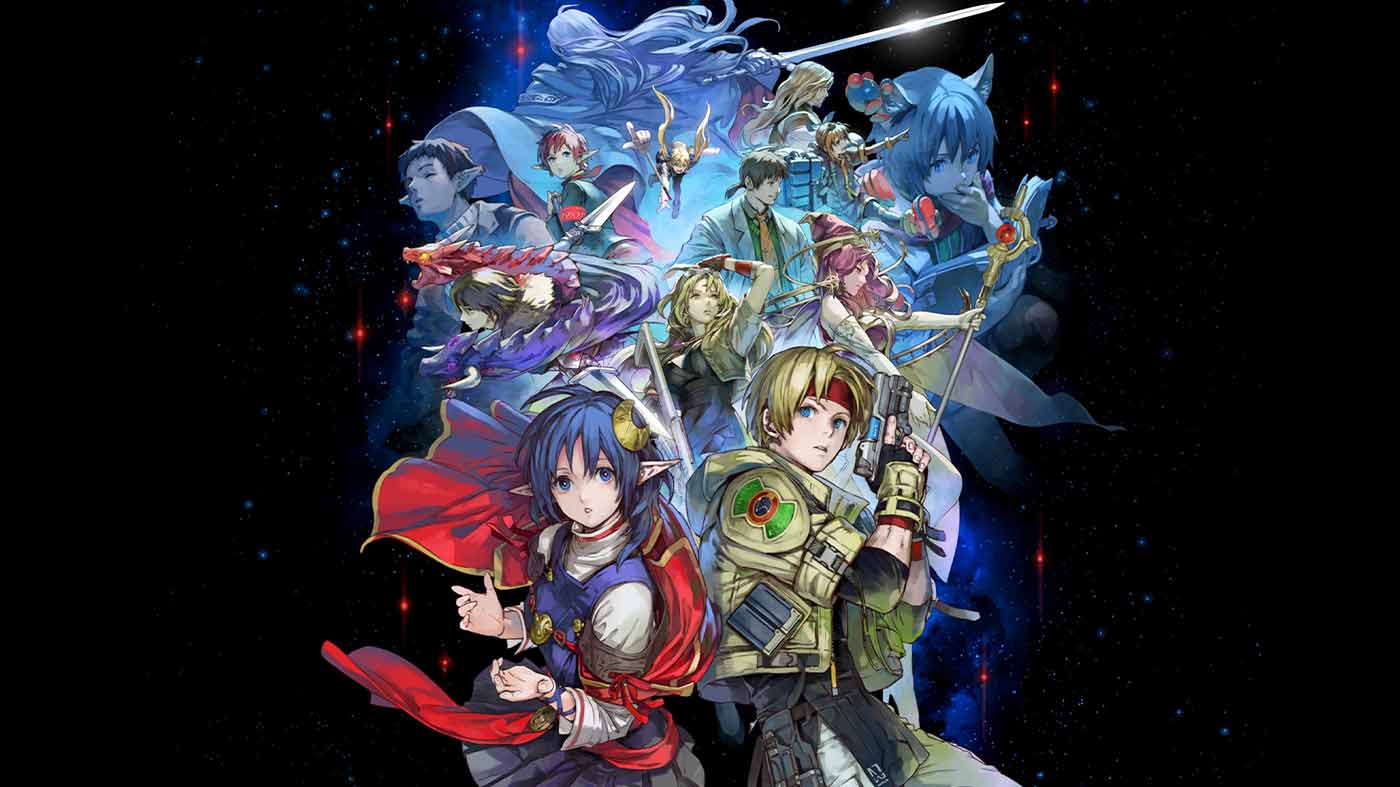

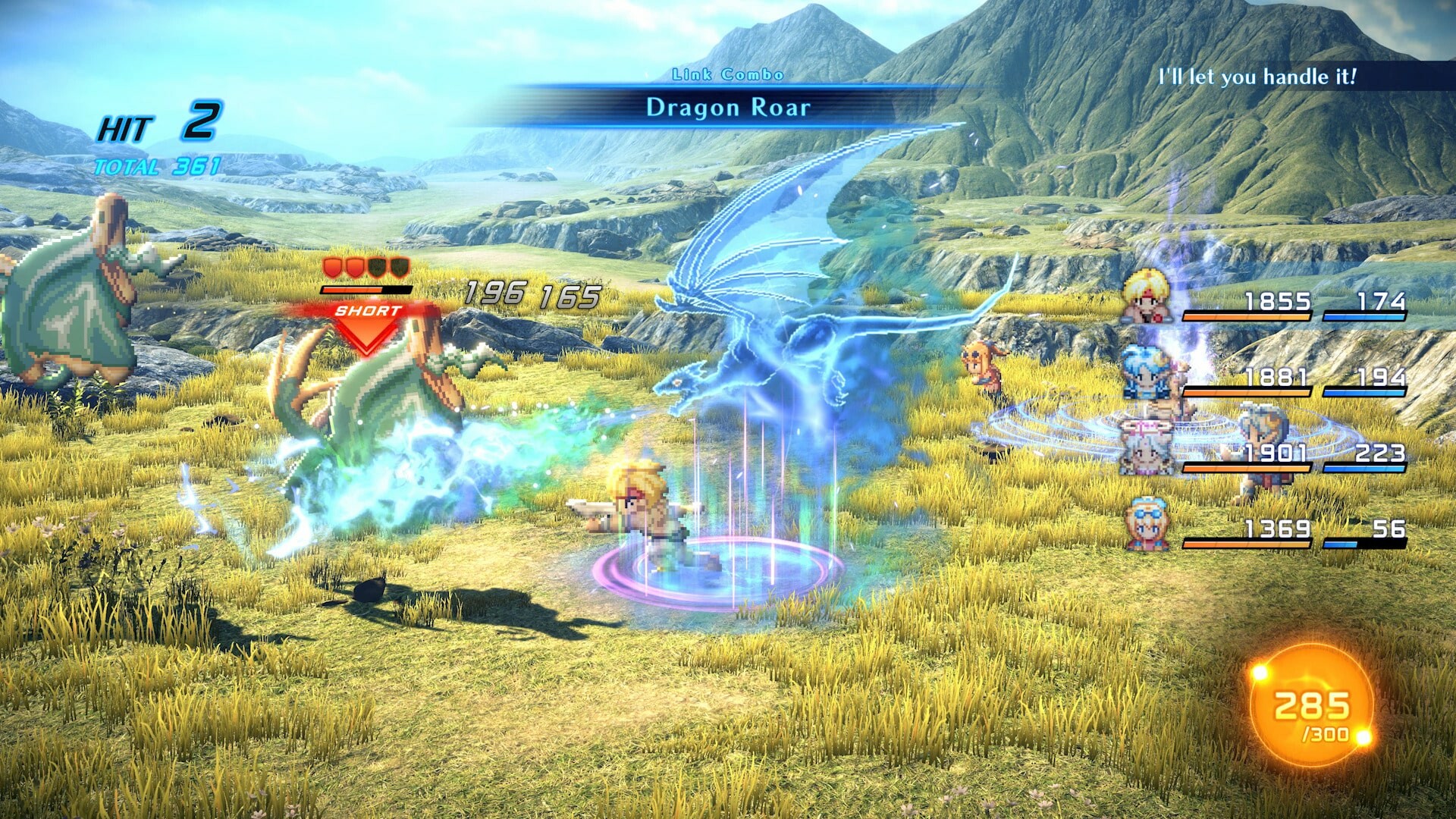
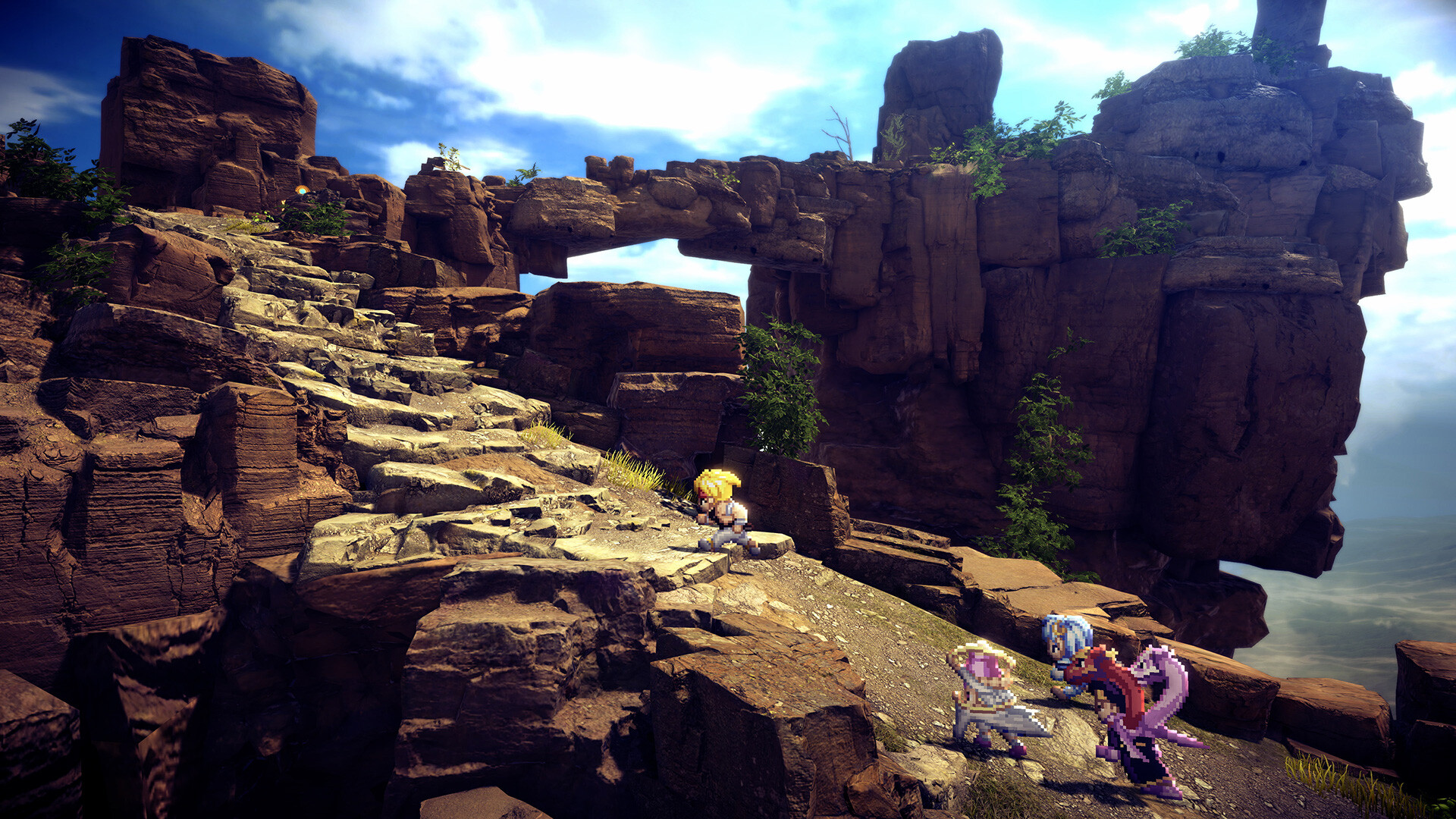
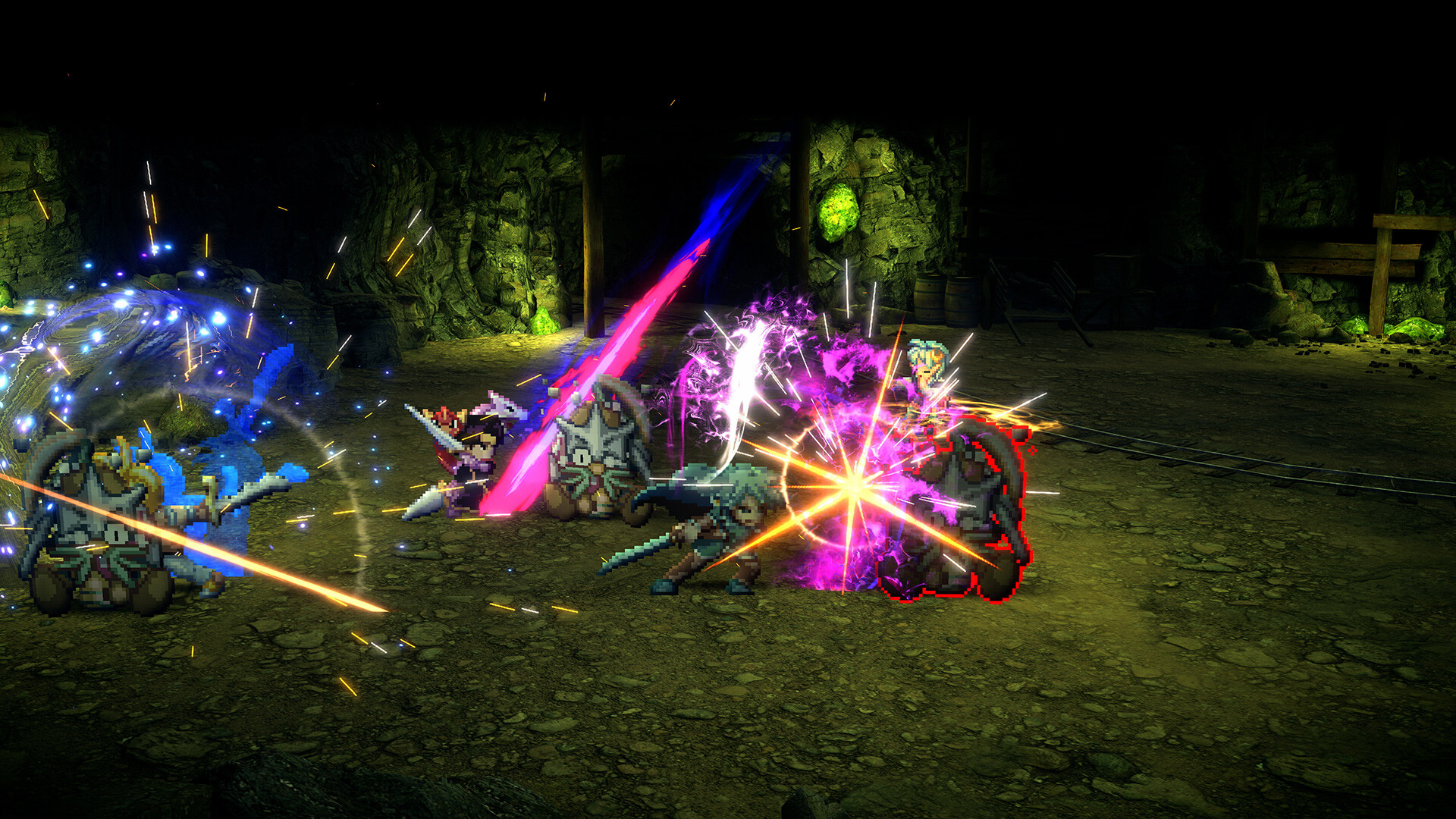
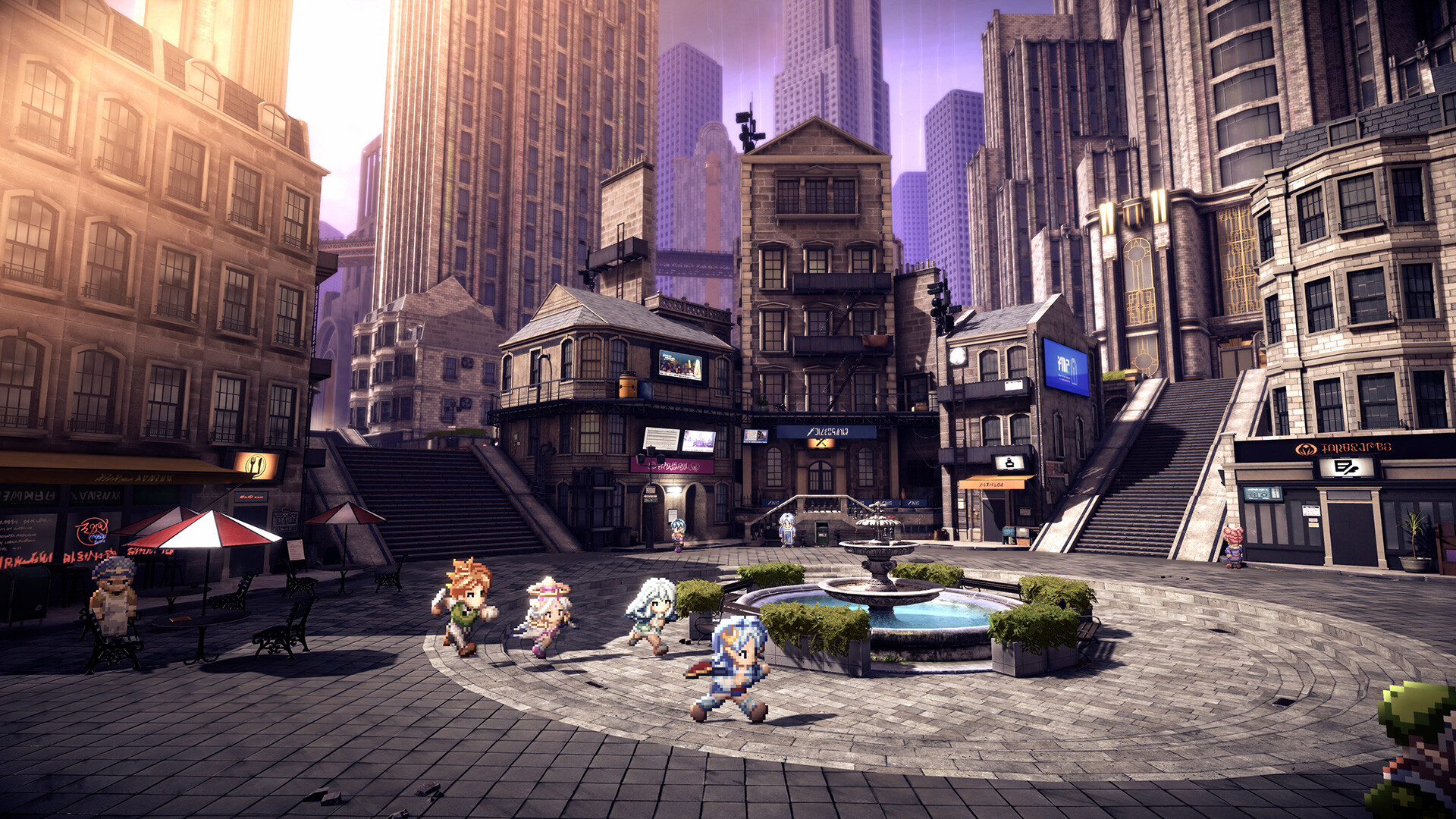

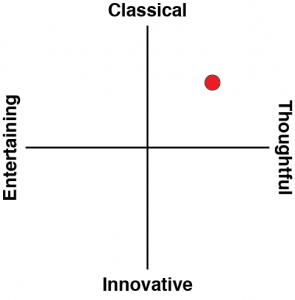
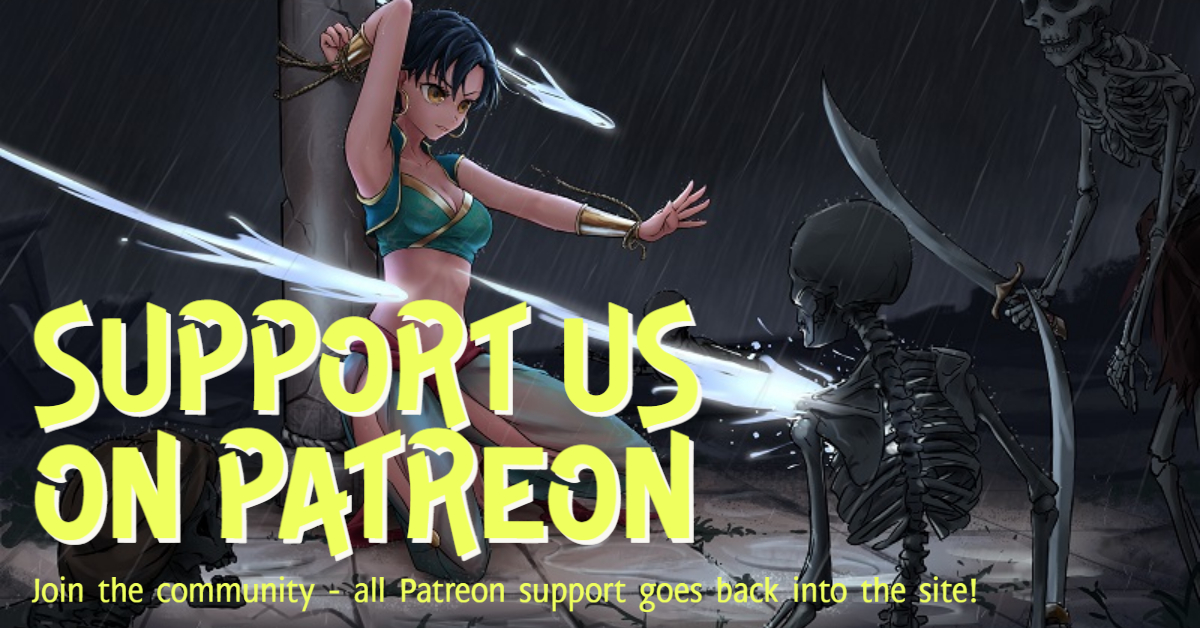



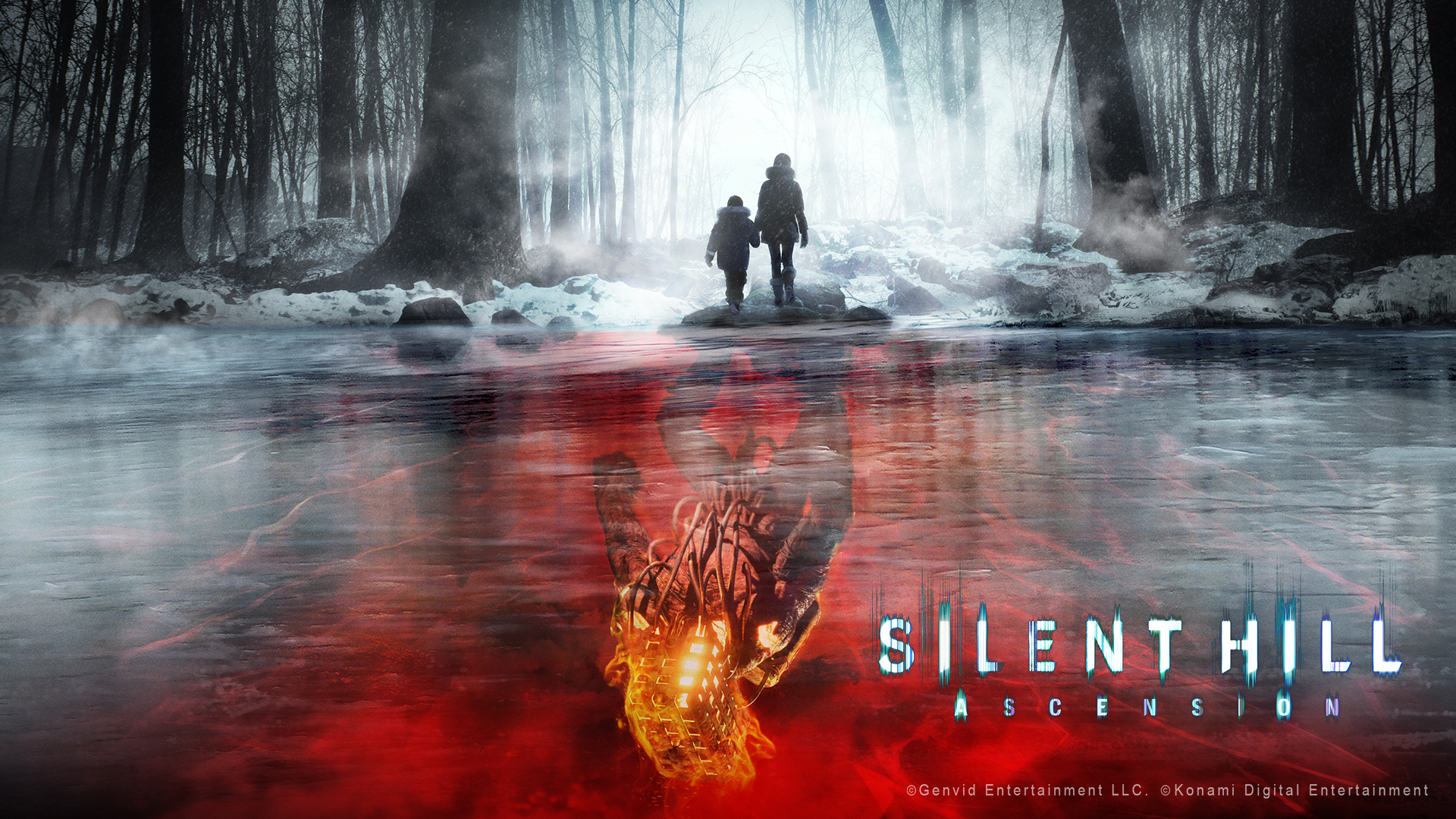
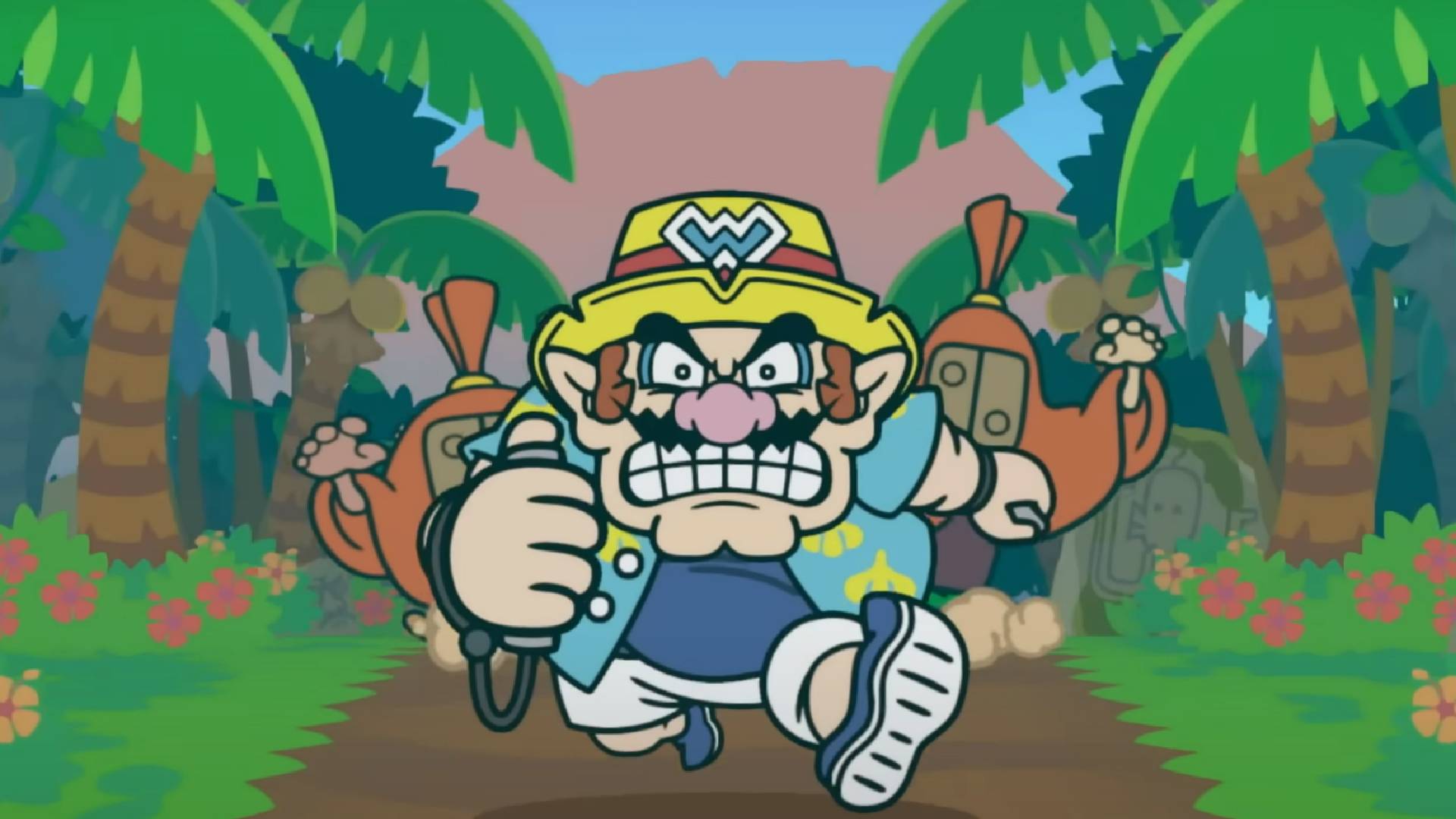


From the moment I launched the game, I was taken back to a simpler time…the era of PS1 JRPGs, when I was first introduced to the genre. The charm, innocence, and magic of those early games is fully intact in this remake. That alone should be sufficient praise. But it doesn’t end there.
This remake of a 1998 game feels fresh and refreshing to a contemporary gamer. It’s not only nostalgic, it’s surprisingly innovative (and not only for its time). The vast array of mechanics–from character customization and crafting to side stories and fishing–all flesh out the experience and are designed in a way to minimize the burden on the player. Everything is simple, smooth, and fun. The presentation is perhaps the game’s strongest facet. I wish Final Fantasy VII remake was done this way. Honestly, I would be very disappointed if the next PS1 era JRPG remake did not use this visual art style. If Octopath Traveler’s HD-2D is the perfect style for SNES era JRPGs, Star Ocean 2 R’s style is the perfect one of PS1 era JRPGs. Finally, the music is just absolutely lush and luxurious. It somehow manages to combine fantasy and sci-fi feelings into each piece (e.g., listen to the theme that plays when the party sleeps at an inn). The Arlia theme is just pure gold. I can listen to it forever.
The weakest element, for me, is the combat. 99% of the time, you can just button-mash your way to victory. However, on the Universe difficulty setting, every once in a while you will hit a wall in the form of an encounter that will wipe your party in under 10 seconds, no matter how well you master the action facet of the combat. I get the feeling the game designers want the player to rely on character stats, skills, and equipment more than button mashing. I seem to succeed best in combat when I take a more tactical, macro-management approach to it. Sometimes, you are just a minor strategic tweak away from victory. Level grinding is also a worthy tactic. And since most combat encounters last under 10 seconds, grinding is also simple, smooth, and therefore fun.
In conclusion, I agree with Matt, this is a must-play for any JRPG enthusiast. Just don’t go in expecting combat at the level of Tales of Arise or recent Y’s games. This is a really, really old school game. Enjoy!
I’m so glad you enjoyed it as much as I did! It’s really nice that the entire Star Ocean series is now available on modern platforms, too (though Star Ocean 3 could use a remake rather than being a PS2 classic…)
This being my first Star Ocean game, I can now look forward to trying out those other titles as well!
EDIT: I have to humbly take back my negative criticism of the combat in Second Story R. After spending more time with the game, the combat absolutely just clicked with me. I think once you have 4 party members, some more specialized formations, and advanced skills and spells, the combat becomes far more manageable despite the sheer speed of it. The game’s combat is ridiculously fast, especially on Universe difficulty where you can take damage rather quickly!
So now, I actually prefer the combat here to the one in Tales of Arise. Bravo to developer Gemdrops–they positively nailed this title!